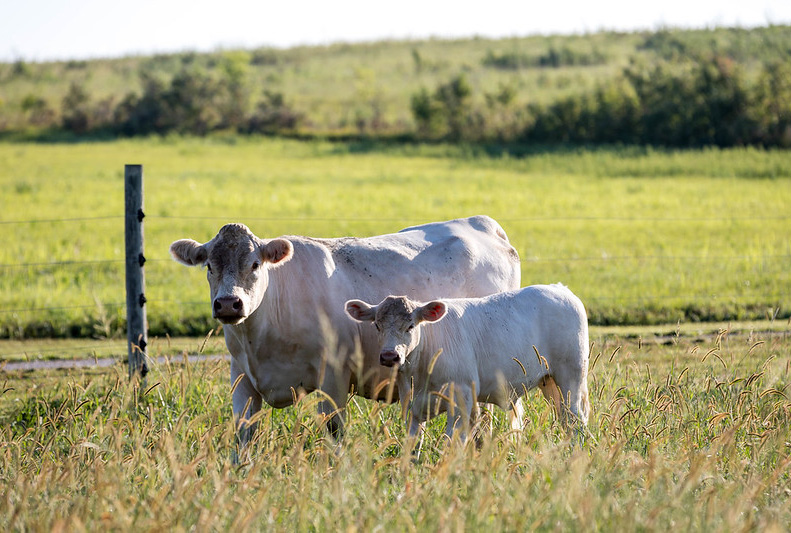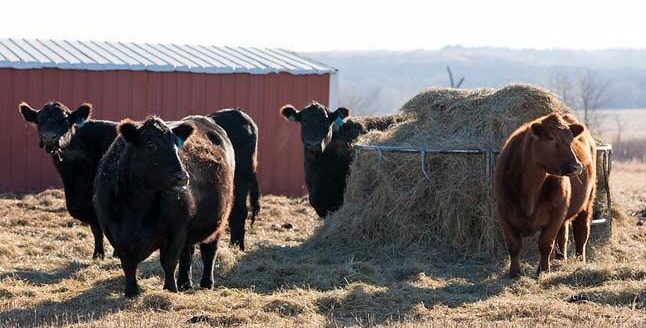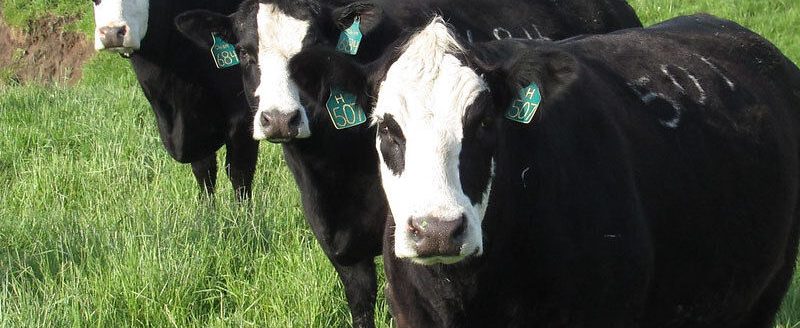K-State beef cattle experts offer factors to consider when deciding to sell a cow
The decision to eliminate someone’s job after years of solid performance is not one that many employers make without serious consideration.
In the case of a beef cattle operation, the decision to sell the cow from the herd is often influenced by a variety of factors, including her performance, the quality of her offspring, cattle prices and marketing opportunities among others, say the experts at Kansas State University’s Beef Cattle Institute.
Speaking on a recent Cattle Chat podcast, the experts addressed a question from a listener who asked about how a calf’s performance should be factored into the decision to sell its mother.
“The decision to cull a cow from the herd is a complex decision and it usually isn’t just one thing that drives that decision,” K-State veterinarian Brian Lubbers said.
Specific to a calf’s performance, if the cow is in good body condition but the calf is not at the appropriate weight for its age, K-State beef cattle nutritionist Phillip Lancaster said it is likely that the cow is not supplying enough milk to meet that calf’s dietary needs.
“If the calf looks rough and the cow is in good shape, it tells me that calf is relying too much on the grass to meet its nutritional needs, and in a drought environment that can be challenging,” Lancaster said.
K-State veterinarian Bob Larson agreed and advised producers to evaluate the cow’s udder.
“If the calves are smaller than expected, make sure to confirm the cow has a functional udder,” Larson said
The experts agreed that studying the individual records can help make the decision to sell a cow that, historically, has raised small calves.
“By looking at the year-over-year records, a producer can see what the trend has been,” K-State agricultural economist Dustin Pendell said.
Those records can also tell producers the breeding date, pregnancy status and date of calving, and Larson said those are important to know when evaluating the performance of the cow-calf pair.
“If the calf’s performance is lower than average, I’d look at when the cow calved relative to the others in the herd and her pregnancy status,” Larson said. “If she has a calf each year that is within a reasonable weight per day of age, then I’d keep her in the herd rather than replacing her with a cow whose performance is unknown.”
Larson added that the weaning weights of the calves will vary depending on the dam’s age.
Another factor that can influence the size of the calf is the cow’s diet during pregnancy, according to Lancaster.
“If those smaller calves are born to cows that aren’t getting enough nutrition in the mid-to-late gestation, it can have a stunting effect on those calves,” he said.
To hear the full discussion, listen to Cattle Chat on your preferred streaming platform.




